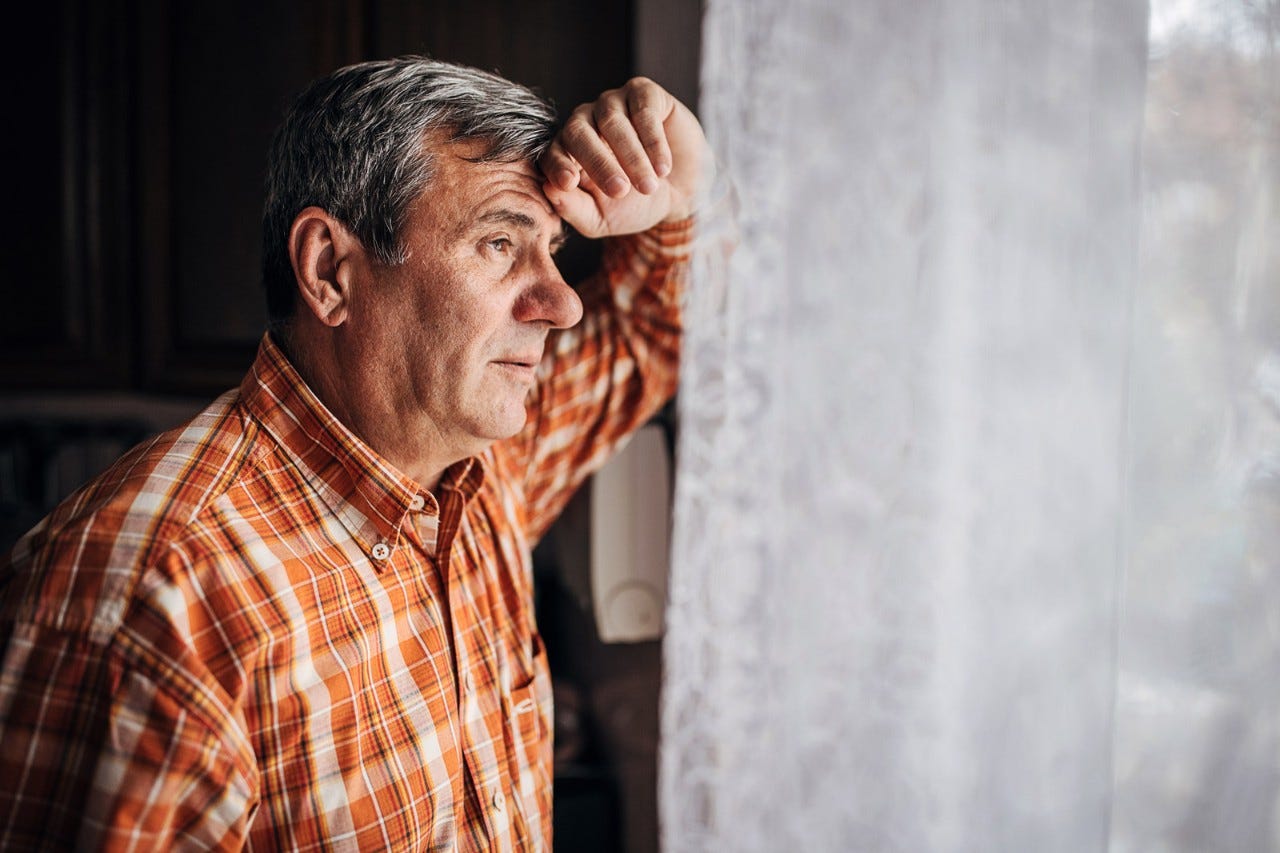Sunlight and lamps: How to brighten your mood in winter
Light improves our mood and is good for our bodies. But exactly how much do we need in order to notice the benefits and what are the effects of a walk in a sea of fog?

The days are short, the winter long. Many are feeling down in the dumps at the moment. When you are feeling down, only one thing helps: Getting outside in the sun! Or at least that’s what people say. Do light showers really improve your mood, and are we generally worse off in autumn and winter than in summer? “Some people really are more gloomy and tired in winter than in the warmer months, but not all of us feel the effects so badly. Some people are good at adapting to changing environmental conditions," says Carolin Reichert, a psychologist at the Center for Chronobiology at the University Hospital Basel.
The solarium is a waste of time
But daylight is healthy and important for all of us. It is linked to the 24-hour circadian rhythm, our internal clock. This rhythm is dictated by our brains, or more precisely, by the hypothalamus, although it is by no means precise. “We need certain timers in order to function properly and feel good”, says Reichart. "This could be meals or certain activities, for example. The most important timer, however, is daylight, which we perceive via the retina in our eyes. When the light information is transmitted to the hypothalamus, processes are triggered there that make us feel awake, active and alert."
That's why our mood doesn't change when we lie on a sunbed. The mood-brightening effect of light therapy is achieved through the eyes, and you usually have to wear eye protection at solariums.
Melatonin makes you tired
In general, our mood is better at the lightest part of the day than it is at nighttime. At nighttime, the pineal gland in our brains secretes melatonin which subdues us, makes us feel tired and helps us fall asleep. "In winter, the dark phase is longer and more melatonin is released," says the expert. This could also explain why we then usually feel a greater need for rest. Light, on the other hand, inhibits the release of melatonin and increases the production of the brain messenger and happiness hormone serotonin. These two properties of light contribute to the antidepressant effect.
Sunlight is better than artificial light
If you are often in a bad mood and feel tired in winter, you may find your mood improves if you go for a walk on a daily basis. It’s even worthwhile on cold and foggy days: “Daylight outdoors is still significantly better for your mood than the usual light indoors even if the weather is poor,” says Hellen Slawik, senior consultant at the Centre for Diagnostics and Crises Intervention and Zentrum für Affektive-, Stress- und Schlafstörungen (centre for affective-, stress and sleep disorders) at the University Psychiatric Clinics, Basel.
Daylight is characterised by its high proportion of blue short-wave light. Light intensity outside amounts to between 2,000 and 10,000 lux (unit of illuminance), whereas light sources indoors use a much lower level of blue light and a far less intense light. Slawik recommends getting used to a fixed rhythm or schedule: “The internal clock really benefits when you get up regularly at the same time and go outside soon after getting up. The positive effect of light is felt most at this time of day for those suffering from depression.”
If you are suffering particularly hard: light therapy with daylight lamps
The senior consultant knows that people are affected by seasonal defective disorders, also known as winter depression, and recommends seeking treatment using daylight lamps if symptoms become severe. “Some people experience downright depressive episodes in autumn and winter which disappear again in spring and summer. Phototherapy is the treatment of choice for seasonal affective disorder and seasonal mood swings."
During phototherapy, you are radiated with light for at least 30 minutes at an illuminance of 10,000 lux at a distance of 20 to 70 centimeters from the lamp. It is important that the light contains sufficient blue light and a CE marking. The effects of light therapy should begin to be felt at the very latest after five weeks.
Use of a daylight lamp should be at a carefully dosed rate and following agreement with your doctor. If you suffer from a disease that is associated with damage to the retina, such as diabetes, you should undertake an eye examination before undertaking any light therapy. According to placebo-controlled trials, light therapy can have a positive effect on a whole range of complaints and illnesses: For example for non-seasonal, bipolar, hormonal depression, dementia or elderly people suffering from sleep rhythm problems. It can also help those suffering from ADHS, Parkinson’s disease, schizophrenia, eating disorders borderline personality disorder, obsessive-compulsive disorder and panic attacks.
Replenishing vitamin D levels in the sun
And what about the vitamin D injection? “Vitamin D is produced in the skin when it is exposed to sunlight, which occurs less frequently in winter. A lack of vitamin D can have a negative effect on your mood and energy levels. However, this is independent of the mood-enhancing effect of light via the eye, which inhibits melatonin and promotes the release of serotonin," says Carolin Reichert.
Good room light is no substitute for sunlight
Everyone is aware of the importance of light for our wellbeing, and architects are therefore increasingly considering light in their designs. For example in the orientation of hospital rooms in the direction of the compass. Or when planning intelligent lighting systems that adapt their color composition to the time of day. Reichert has mixed feelings about these developments: “I think it’s good and makes sense, but it shouldn’t lead to people spending less time outdoors, less time away from our desks and not moving around any more.” Modern mankind has been able to free itself a little from the natural day-night rhythm with these electric lights. But we are certainly not able to live without sunlight.


